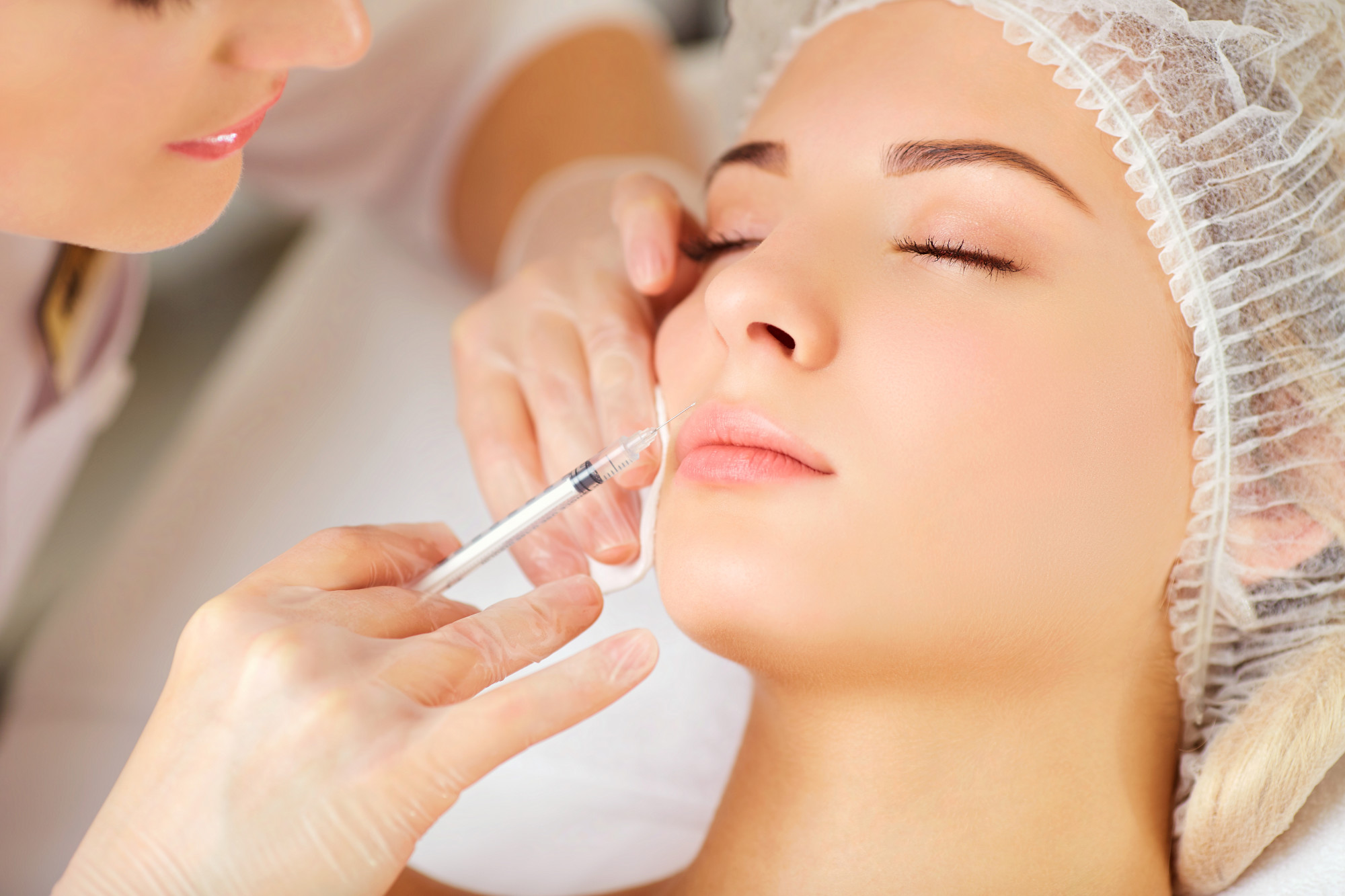Did you know that the global Botox market is expected to reach $7.79 billion by 2028?
The Botox procedure has been used for decades. It became hugely popular in the 90s as an alternative cure for migraines. Over the years, it became a remedy for facial pain, neck pain, and wrinkles.
However, there are risks you should be aware of.
This article will go over the risks of Botox and fillers for everyone who is thinking of treatment. Let’s explore what you should know before botox treatment.
Potential Infection
One of the most serious risks is potential infection. This is due to the fact that Botox is a bacterial toxin. Improper injection techniques and unsanitary conditions can lead to the spread of bacteria. This can cause skin infections, swelling, and bacterial abscesses.
It is essential that you choose a certified and experienced practitioner. He/she should be knowledgeable in proper injection techniques and uses sterile equipment to reduce the risk of infection.
In addition, it is important to follow the provider’s aftercare instructions to reduce any long-term risks of Botox. You should also seek prompt medical attention for any potential signs of infection. This includes redness, swelling, or tenderness on or around the injection site.
Allergic Reactions
Allergic reactions can range from mild to severe. It can include symptoms such as redness, swelling, hives, and difficulty breathing. It’s recommended that patients have their doctor evaluate them to determine their suitability for the botulinum toxin injection.
Skin testing may also be done to assess the patient’s allergy risk and sensitivity to the injection. When symptoms develop, you should contact a medical professional right away for appropriate treatment. Following the doctor’s instructions and using proper hygiene and care will help to reduce the risks of an allergic reaction.
Muscle Weakness
While Botox injections can be effective for treating wrinkles and reducing muscle tension, they occasionally cause temporary muscle weakness. This can cause one-half of the face, including the eyelids, nose, and mouth, to become partially paralyzed.
Additionally, the drug can spread to other areas of the body. This can cause trouble with bladder control, trouble speaking, or difficulty moving arms and legs.
An individual should speak with their physicians to assess the risks, as well as review any other conditions they may have and medications they are taking. Knowing the risks and understanding any potential side effects is crucial for informed decisions and safety.
Blurred Vision
This can occur when Botox paralyzes the muscles that control the eyes, reducing their ability to move. This condition is usually temporary and poses no long-term health risk.
During the injection, the eyes should be covered to avoid any stray Botox from coming in contact with the eye muscle. In addition, the patient should be instructed to avoid rubbing or straining the eye muscles for several days after the treatment.
With a careful assessment of risk factors and utilization of safety measures, patients can minimize the risk of Botox’s blurred vision. This will help them experience maximum benefit from the injection.
Understanding the Risks of Botox
Botox is a common and safe aesthetic treatment, offering great aesthetic results. As with any cosmetic procedure, it is important to assess the risks of Botox before commencing treatment.
It is essential to consult a personal physician and to choose a qualified practitioner. Ultimately, the decision to receive Botox treatment is up to the individual. For more information to help make an informed decision about Botox, consult a healthcare provider today.
For more articles on youthful living, please check out the rest of our blog. We post regularly about health, fashion, food, and more.





